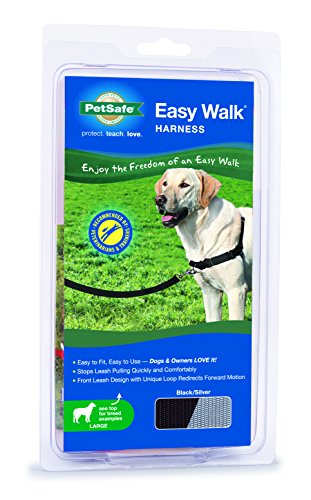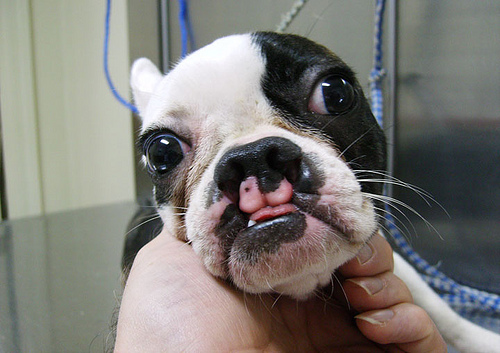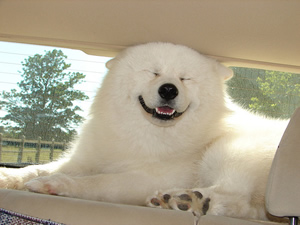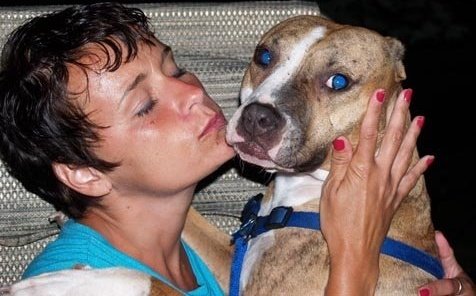A dog is a man's best friend- so the saying goes. But at times a dog is not the best friend of the man's lawn. Having a lush, green lawn can be more of a challenge if you have a dog for a pet. Their urine can cause problems for a lawn. At times, the urine will cause the grass to turn yellow, and can even cause dead spots in the lawn. At best, the urine can cause the lawn to be unevenly green.
See our blog post at http://www.turf-king.ca/gerrys-blog/279-dogs-spots-on-the-boulevard
Lawn Care can fix Uneven color due to pets
Urine contains urea which is very high in nitrogen. While nitrogen gives your lawn its rich green colour, too much can burn the lawn. When this happens the lawn will turn yellow. With high concentrations of urea, the lawn can die off.
Dog Spots cause Lawn Damage
What can be done when you have a dog?
The best solution is to have the dog is trained to do its business in an area that is not part of the lawn. Have a patch of gravel or mulch that is specifically designated for the dog. If the dog is trained to use this area, the lawn will be spared from the damaging urine.
If a specific spot is not available, training the pet to use one corner of the lawn will help to limit the damage to a smaller area. This way there is a part of the lawn that does not look the best, but at least it is not the whole lawn.
If it is not possible to train the dog, then the next best thing is to prevent damage to the lawn. If possible, (depending on the time of year), water the urine immediately to dilute the urea over a wider area of the lawn to prevent damage or burning. Of course, this is easier said than done.
Another way is to work on the acidity of the pet's urine. Certain types of dog food may reduce the acidity of their urine. There may be other supplement products that reduce the acidity of the pet.
If all else fails, a lawn treatment with granulated gypsum may reduce damage. Gypsum is technically a calcium magnesium sulphate- a naturally occurring mineral. Gypsum enables the urea salts that damage lawns to become more soluble. This allows them to drop lower into the soil where they are not going to damage the grass roots.
Gypsum needs to be applied regularly in order to prevent damage.
If your lawn already has dead spots, follow these steps to repair the damage.
If you're in a hurry because the in-laws are coming for a visit next week, cut out the dead patch and replace it with a strip of sod. Water daily for a week to establish the sod.
If you have more time and less energy, rake the dead patches as much as possible. Sprinkle the area with Gypsum. Spread a thin layer (half inch deep) of black soil over the dead areas. Apply some quality grass seed. Rake the soil and seed to mix them thoroughly. Tamp the soil lightly to ensure good soil to seed contact. Lightly water the seed twice a day. The quick germinating grasses should be up in a 10-14 days. Some of the grass varieties such as Kentucky bluegrass will take about a month before they come up, so do keep the seeds moist for up to a month.

 How To Stop Dogs Pulling On The Leash
To Stop Dogs Pulling Takes P
How To Stop Dogs Pulling On The Leash
To Stop Dogs Pulling Takes P
 Cleft Palates and Cleft Lips in Puppies - Dog Health
Cleft Palates and Cleft Lips in Puppies
Cleft palates and
Cleft Palates and Cleft Lips in Puppies - Dog Health
Cleft Palates and Cleft Lips in Puppies
Cleft palates and
 Our Thoughts On Neutering
My Two Pugs
Credit: Personal Photogra
Our Thoughts On Neutering
My Two Pugs
Credit: Personal Photogra
 Adventures with Your Dog: 23 Ways To Spend Quality Time With Your Pooch!
23 Great Adventures With Your Dog
Its important to spend
Adventures with Your Dog: 23 Ways To Spend Quality Time With Your Pooch!
23 Great Adventures With Your Dog
Its important to spend
 Interview With A Pit Bull Rescuer
Interview With A Pit Bull Rescuer
Catherine Hedg
Interview With A Pit Bull Rescuer
Interview With A Pit Bull Rescuer
Catherine Hedg